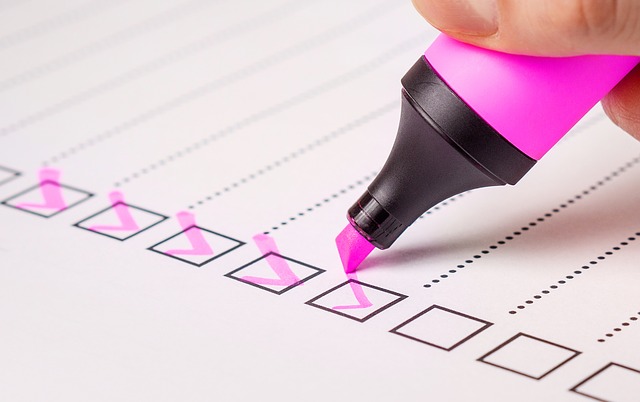A stroke is mostly known as a brain attack, occurs when a blood vessel in the brain disrupts and bleeds or there is an interruption in the blood supply to the brain. The disruption or blockage prevents blood and oxygen from reaching the brain’s tissues. If there is a lack of oxygen in the brain, cells and tissues become damaged and begin to die in every other minute. If timely treatment is not delivered, stroke can be fatal leading to brain damage along with paralysis and permanent organ failure. If the patient is administered, immediate treatment, there are a lot of chances for successful recovery and survival of that patient. Millions of brain cells are lost every minute until the stroke is diagnosed and treated. So, it is better to get it diagnosed as soon as possible by observing the signs and symptoms of Stroke.
There are some of the most common types of Stroke symptoms that you should not ignore:
- Severe headaches
- Numbness in the body especially on face, leg and one part/side of body.
- Paralysis
- Trouble speaking or understanding speech
- Loss of vision , and sometimes the vision is black and blur
- Nausea and vomiting
- Unstable walking difficulty in maintaining body balance
- Dizziness
There are some of the Do’s and Don’ts that we should keep in mind while handling a person who is having a Stroke. Ignore this first aid can lead to the serious chronic issue or can also lead to his/her death.
Do’s
- Call the nearest hospital for ambulance services: The moment, brain is deprived of oxygen, it loses about 1.9 million neurons, which is exactly why every minute counts, that can never be replaced. It’s important that the ambulance reaches the patient within the “golden hour”.
- Always mention the word ‘Stroke’ with the medical person: If you are not sure that the person has got the stroke or it is just unconsciousness, always let the medical person know so that they get more time to prepare for first aid and other initial medical requirements.
- Write down the time: This will surely help the emergency team to act as efficiently as possible. Knowing when the symptoms started can help neurologist to determine the appropriate kind of treatment required. If you are not sure when the symptoms started, Always note when the person was last seen “normal” can be very helpful.
Help the person lie down: A stroke can cause dizziness and imbalance in the body, keep stroke victims on their side with the head slightly elevated to promote blood flow. Help them lying down on the bed or a floor.
- Loosen any restrictive clothing: If the person is wearing the tight outfit, it is advisable to loosen it r open up the buttons of shirt. This helps the stroke victim breathe more easily.
- Check if the person is breathing: Always check for pulse and breathing. If there is no pulse and the patient has stopped breathing, begin CPR immediately.
- Always provide the entire information to the doctor: If you know the person already and if you are aware about his/her health concerns, such as high blood pressure or diabetes, uses any medications or has certain drug allergies, share this information with the emergency team immediately.
Don’ts
- Don’t drive to the hospital: Do not take the patient along and drive to the hospital, you can be late and it is also unsafe to take the patient alone, always contact paramedics, as they are faster and can recognize when someone is in trouble and needs emergency assistance.
- Don’t give aspirin to the patient: who had vomiting, headache and high blood pressure. For other patients, Tablet Aspirin 150mg should be immediately administered orally.
- Don’t serve the person anything: If you are serving food or drinks to the patient, it causes difficulty with muscle control, because the person’s ability to swallow has deteriorated. Even water can be dangerous in that situation.

